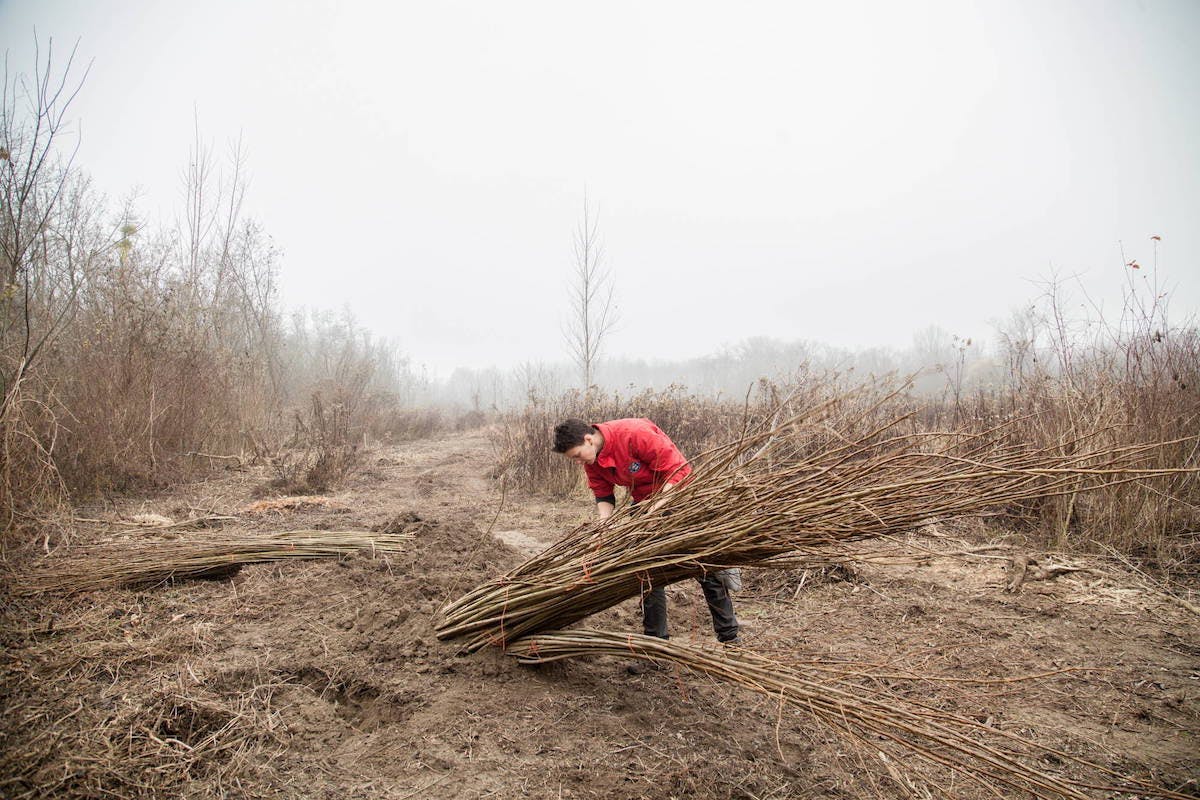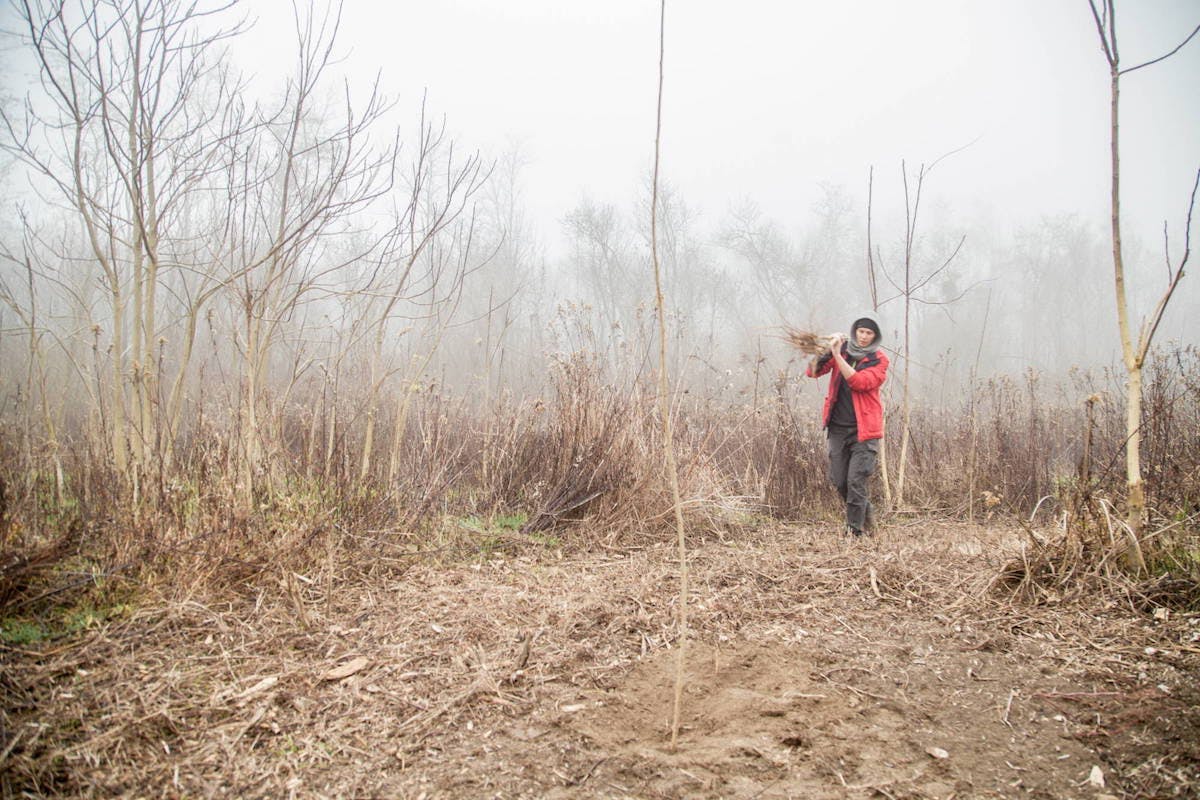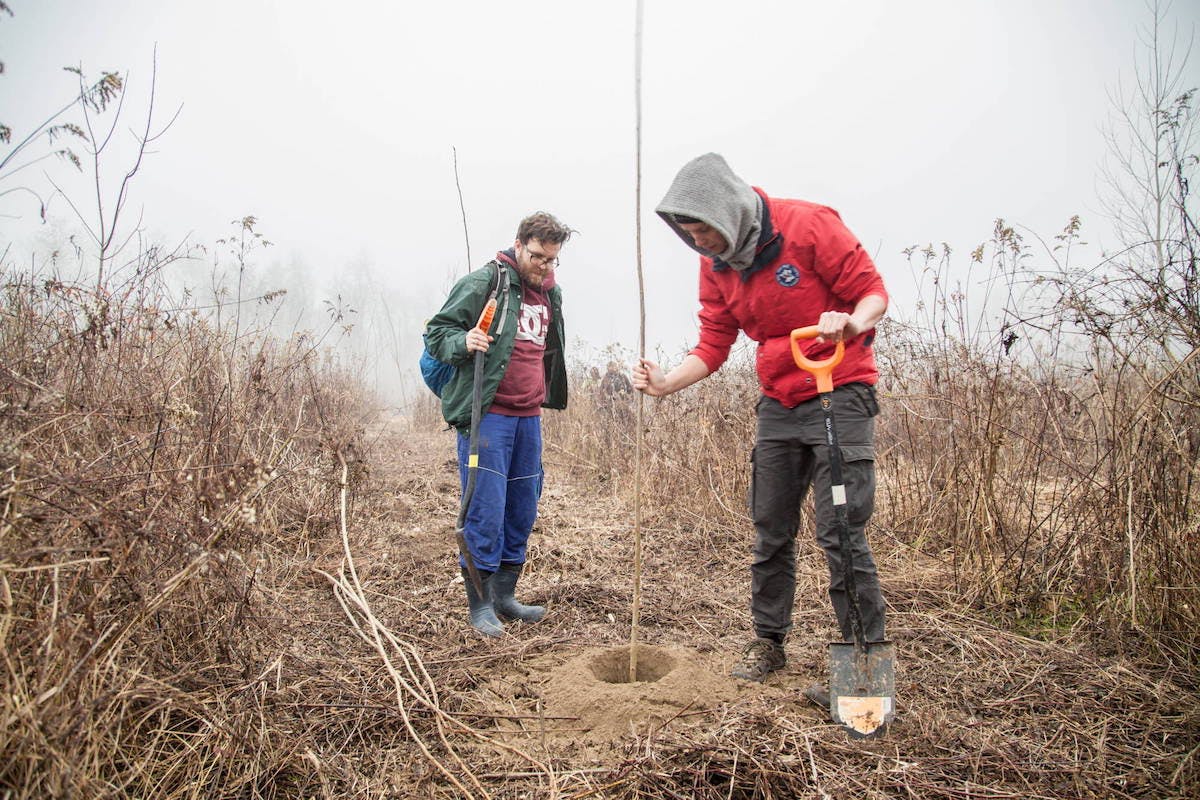- Trees planted: 58,000
- Status: Implemented
With our local partner Broz, we are restoring one of the last remnants of Central Europe’s floodplain forests. This project aims to conserve the diversity of fauna and flora that inhabits this unique forest along the Danube river in Slovakia. By planting open areas with native trees, such as poplars, elms and maples, we are working to increase forest cover and habitat availability for species like the locally endangered black stork, the charismatic beaver and the rare large copper butterfly. Floodplain forests are an important carbon sink and their restoration has the potential to sequester a large amount of carbon and contribute to the fight against the climate crisis.
Project Timeline
Autumn 2021
A further 20,000 trees planted.
Autumn 2020
25,000 trees were planted along the Danube river.
The Ecosystem
Tree species
Silver poplar (Populus alba), black poplar (Populus nigra), European ash (Fraxinus excelsior), narrow-leafed ash (Fraxinus angustifolia), European white elm (Ulmus leavis), field elm (Ulmus minor), common oak (Quercus robur), Norway maple (Acer platanoides).
Priority species
European pond turtle (Emys orbicularis), black stork (Ciconia nigra), stag beetle (Lucanus cervus), large copper (Lycaena dispar).
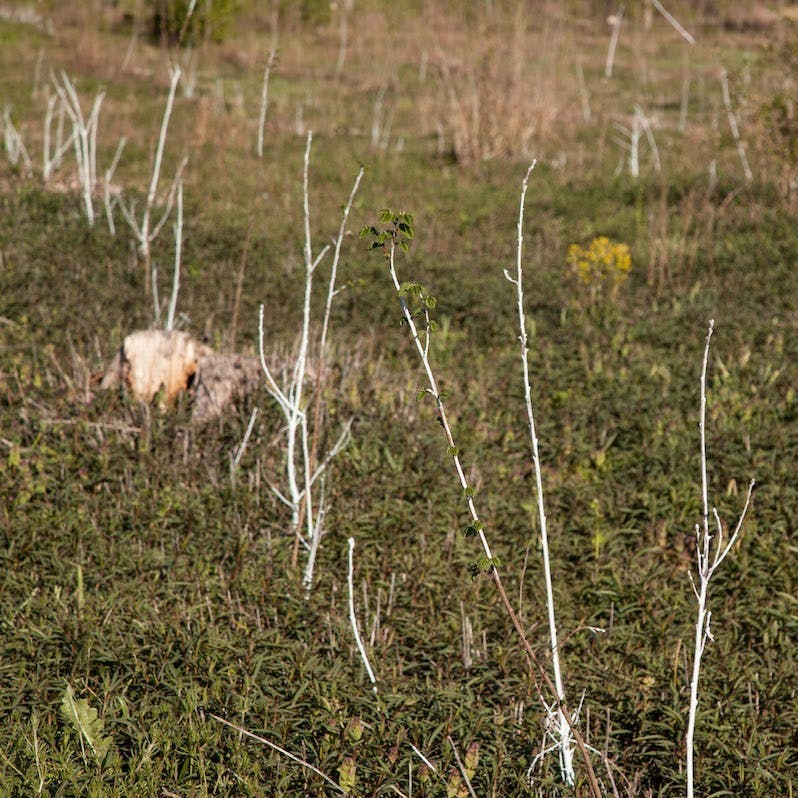
Endangered Forests
Protecting Europe’s riparian woodlands
One of the most endangered forest habitats in the world, today, only 5-20% of the Danube floodplains are forested. They grow along rivers and streams and are characterised by an intricate dynamic flooding and dry periods, a variety of different water conditions (slow flowing, fast flowing, standing and quick drying water bodies) and high groundwater. These diverse conditions mean the forests can support a diversity of species. They also play an important role in filtering and cleaning water supplies and providing natural protection against floods.

A Diversity of Life
What makes this ecosystem special?
The unique floodplain forests are home to a diversity of mammals, like the Eurasian river otter and beaver. They are also an important habitat for birds, with a high density of species comparable to other forest types. The locally endangered black stork and white-tailed eagle nest on the tall trees while the black woodpecker occupies the natural cavities in the tree trunks. With over 60 fish species, 109 molluscs and thousands of insects species, these forests are teeming with life. Among the busy communities of these forests, you can find the rare stag beetle and beautiful large copper.
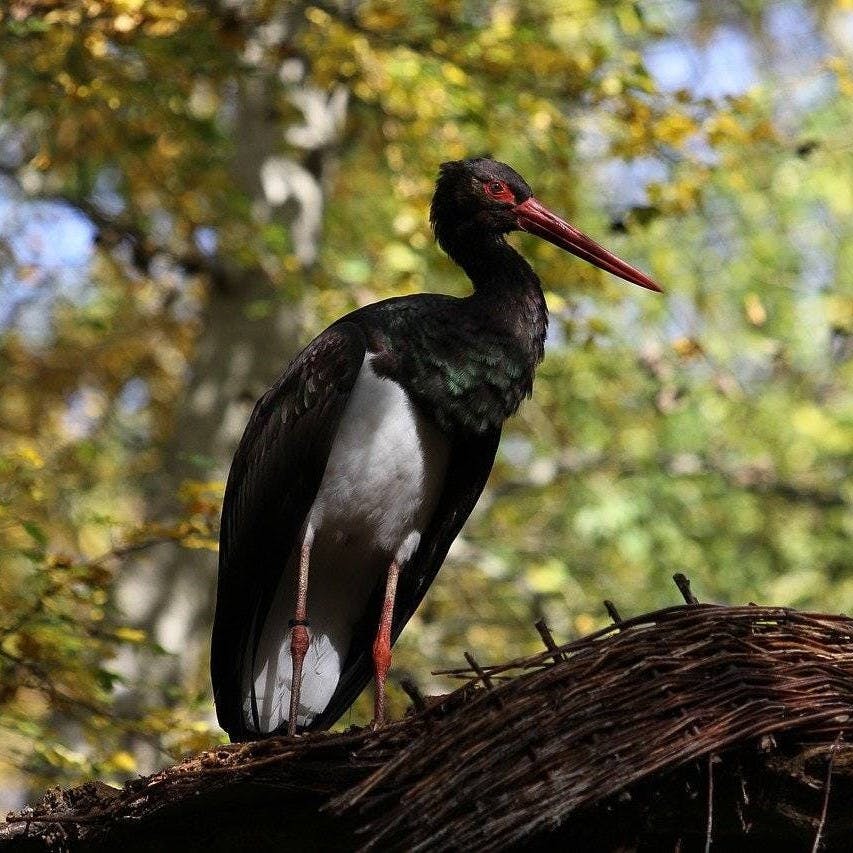
The Threats
Non-native monocultures
Unsustainable forest management has caused the destruction and degradation of huge swathes of the native Danube floodplain forests. Traditional management practices has focused on maximising wood and pulp production, through large scale clear-cuts, the removal of top soil as well as the planting of hybrid poplars and other non-native tree species. A lack of food and shelter in these non-native monocultures means they are unable to support the diversity of species found in native forests. Harvested at an age of 20-40 years, these forests are unable to reach maturity. Old trees in which woodpeckers and other birds could nest are entirely absent, as well as the dead wood that many insects and fungi rely on. The rich native herbs, fungi and trusses of the undergrowth are also unable to re-establish in that time period.
Hydrological degradation
Humans have severely altered the hydrology of the area and caused significant damage as a result. The Danube floodplain habitats rely on healthy rivers and waterbodies as well as periods of flooding and high groundwater levels. However, decades of regulating watercourses, construction of dams and draining of flooded areas, has left these unique floodplain habitats in poor condition and a fraction of the size they once were. With increased temperatures and decreasing rainfall brought on by the current climate crisis, the future of this unique habitat is at even greater risk.
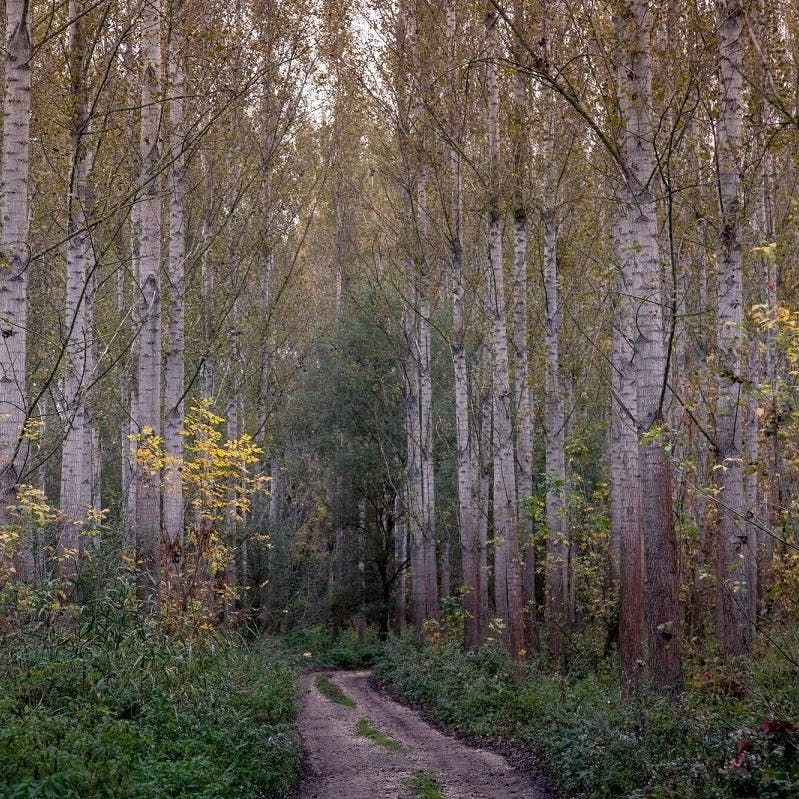

Restoring the Danube floodplain forests
The journey
the team behind the project

Hannah Kirkland, Mossy Earth
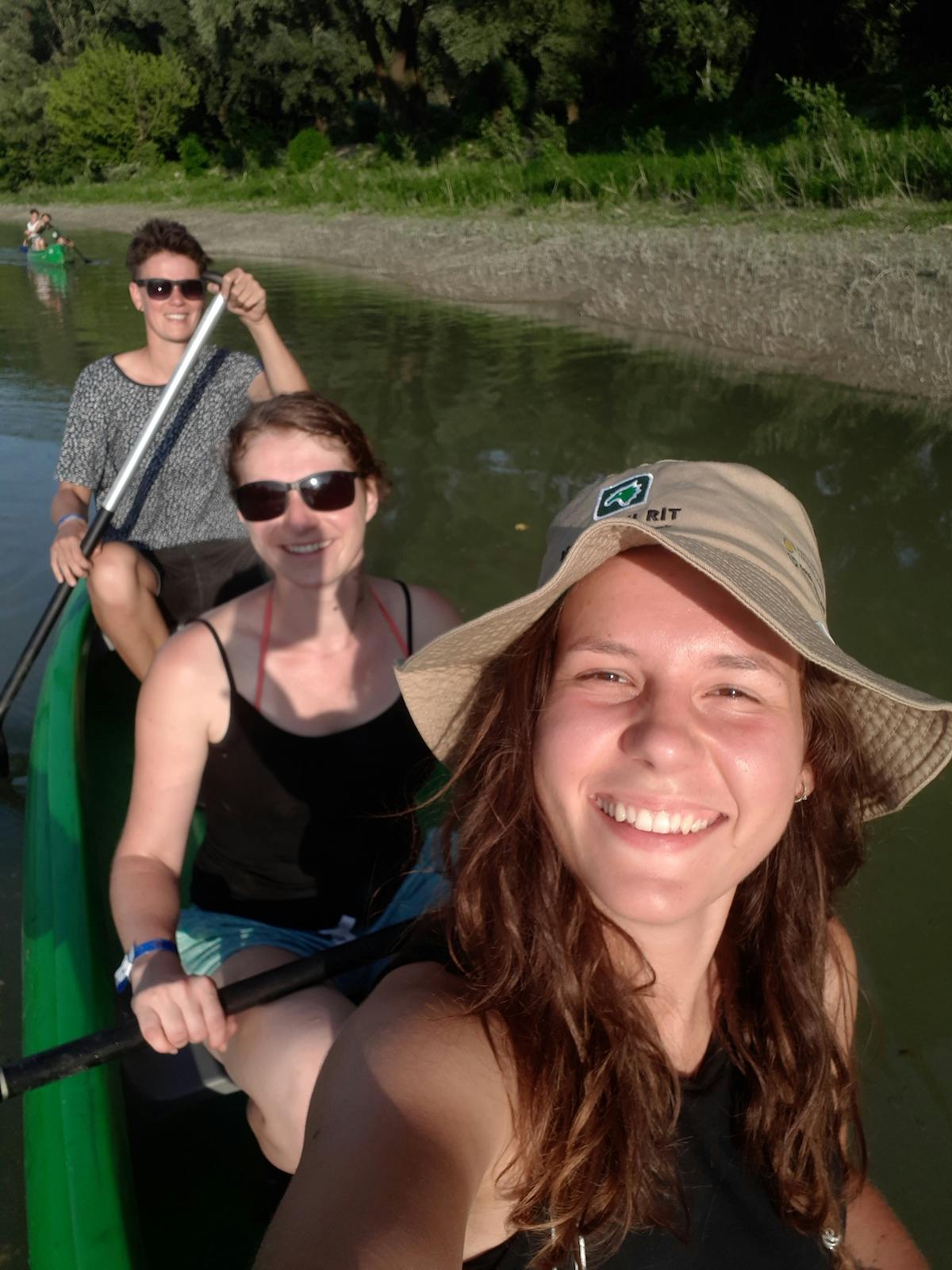
Adriana Brossmannová, Žofia Filagová and Andrea Froncová, Broz
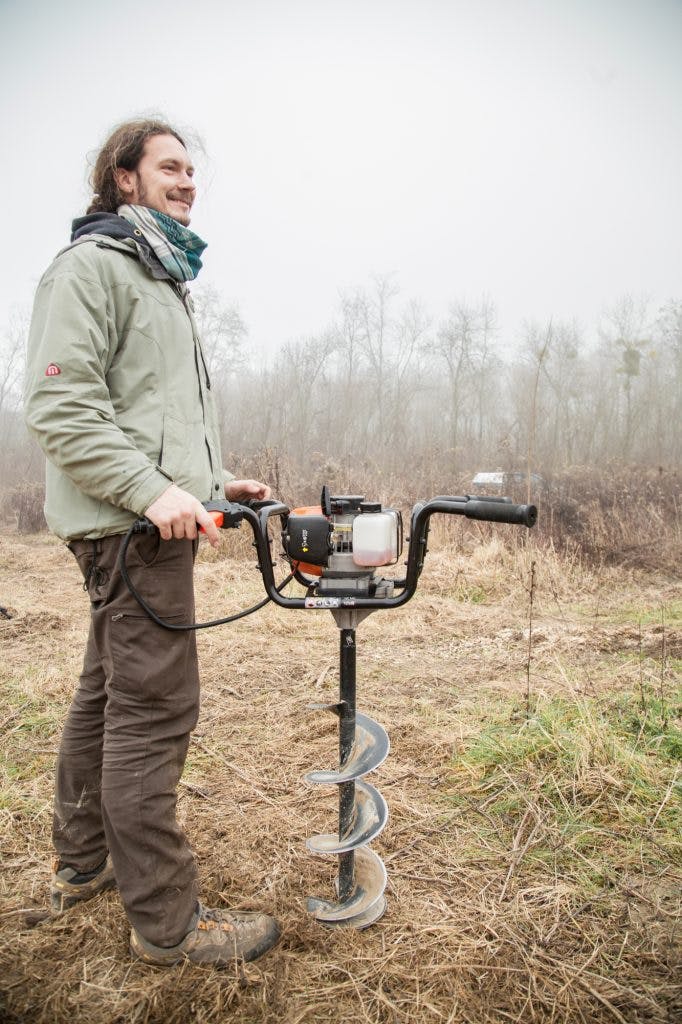
Lukáš Zima, Forester at Broz
Sources & further reading

- “This is the potential CO2 captured in trees and soil over a 50 year period in the riparian forests of the Danube” - Science Direct
- “Floodplain forests, the most endangered forest type in Europe… and the clock is ticking” - WWF
